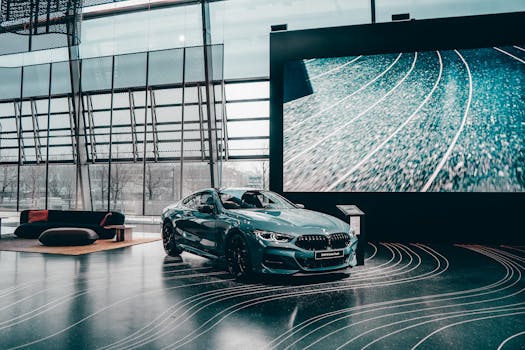
The Role of Luxury Watchmaking: Elevating Timepieces to Artistic Masterpieces
The world of luxury watchmaking is a realm where precision, craftsmanship, and design converge to create extraordinary timepieces that are as much a testament to horological expertise as they are to artistic expression. At the heart of this synergy is the role of design, which plays a pivotal role in transforming mere time-telling devices into luxurious works of art. In this article, we will delve into the significance of design in luxury watchmaking, exploring its impact on the aesthetic, functional, and emotional appeal of high-end timepieces.
Understanding the Essence of Luxury Watch Design
Luxury watch design is not merely about creating a visually appealing product; it’s an intricate process that involves balancing form and function, tradition and innovation, and simplicity and complexity. A well-designed luxury watch is one that not only tells time with precision but also tells a story—of heritage, of craftsmanship, of style, and of the wearer’s personality. Designers in this field must consider a myriad of elements, from the shape and size of the case to the intricacies of the dial, the comfort of the strap, and the overall harmony of the piece.
The Evolution of Luxury Watch Design
Over the years, the design of luxury watches has evolved significantly, influenced by technological advancements, changing consumer preferences, and the creative visions of designers. From the classic, elegant lines of traditional watchmaking to the bold, avant-garde statements of contemporary designs, the landscape of luxury watchmaking has become increasingly diverse. This evolution is marked by the incorporation of new materials, innovative complications, and a blend of traditional craftsmanship with modern aesthetics.
Key Elements in Luxury Watch Design
Several key elements contribute to the design of a luxury watch, including:
- Case and Caseback: The case is the outer body of the watch, available in various shapes, sizes, and materials. The caseback can be solid, offering a glimpse into the watch’s mechanical heart, or transparent, providing a clear view of the movement.
- Dial and Hands: The dial is the face of the watch, displaying hours, minutes, and sometimes additional complications. The design of the dial and the hands can range from simple and minimalist to complex and ornate.
- Strap or Bracelet: The choice of strap or bracelet is crucial, as it affects the overall look and feel of the watch. Materials range from leather and rubber to metal and exotic skins.
- Complications: Complications refer to any feature beyond simple time-telling, such as date, day, month, moon phase, chronograph, and more. The inclusion and design of complications can significantly impact the watch’s design and functionality.
Trends in Luxury Watch Design
Current trends in luxury watch design include a resurgence of interest in vintage and retro styles, the use of sustainable and eco-friendly materials, and the integration of smart technology into traditional timepieces. Additionally, there is a growing emphasis on personalization, with many brands offering bespoke services that allow clients to tailor their watches to their specific tastes and preferences.
Conclusion
In conclusion, the role of design in luxury watchmaking is multifaceted and integral to the creation of timepieces that are not only functional but also visually stunning and emotionally resonant. As the industry continues to evolve, it will be interesting to see how designers balance tradition with innovation, creating watches that are both tributes to the past and visions of the future.
Takeaways:
- Luxury watch design is a balance of form, function, tradition, and innovation.
- The evolution of luxury watch design reflects technological advancements and changing consumer preferences.
- Key elements in luxury watch design include the case, dial, strap or bracelet, and complications.
- Current trends include vintage styles, sustainable materials, smart technology, and personalization.





